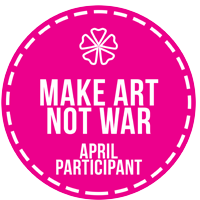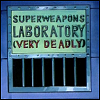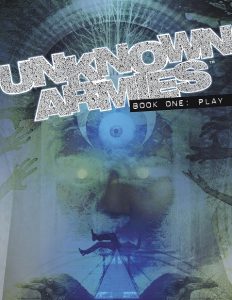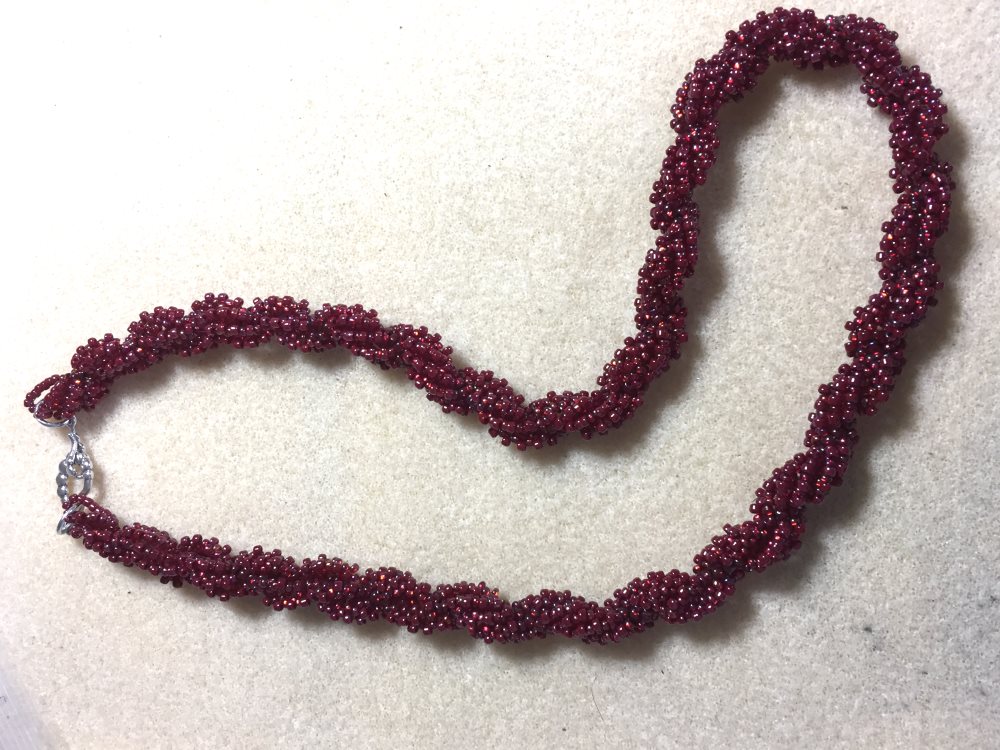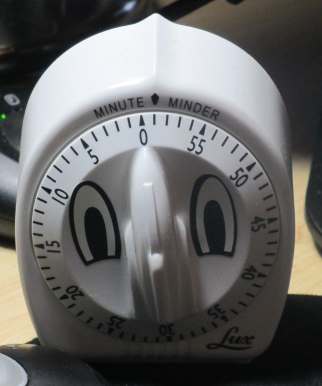 Good morning, challengers! Today, I’m excited to dive into April’s theme: SPEED. VROOOOOOOOOOOOM!
Good morning, challengers! Today, I’m excited to dive into April’s theme: SPEED. VROOOOOOOOOOOOM!
Last month you spent time wandering to PLANT the seeds for your artistic future. Now, you’re ready to give your mind a break and do something fun.
The point of this month’s theme is to push yourself one or two times a week, to move past your procrastination and revel in the joy of writing, painting, drawing, etc. by racing against the clock.
Be kind to yourself! April is a fantastic month to try something new for your personal health or fitness. Sometimes, to get your art moving — you need to get physically moving, too. Shake up your perspective, and get your body used to doing something different! Moving can help lift you out of your funk, even if you’re going for a quick, fifteen-minute walk.
Making art quickly is one way to move past a mental block or get rid of the “Idunwannas” to challenge yourself. The art you make during this time may not be perfect–but it doesn’t have to be. That’s what revisions are for. You filled a blank page, tried a new technique, or practiced a brand new stitch, and that’s more than enough!
5 Sprints To Try
Confused? Not sure what to do? Here’s five different sprints you can try. Grab a timer, and go go go!
1. Write as fast as you can for a hour. These #1k1hr sprints churn up anywhere between 500 to 1,200 words on average. Many will be conducted during Camp NaNoWriMo, too, so you can always hop on over to Twitter and have some fun. Word sprints are a GREAT way to complete your word count goals.
2. Sketch objects in the room you’re in as fast as you can for fifteen minutes. Grab a small pad of paper, a pencil, and go go go! Try to do this once or twice a week, to warm up your artistic hand and see your environment in a new light. If you get bored, try tapping into new styles that you’ve told yourself you don’t have the time to try. This is also a good excuse to head to a new locale to make art!
3. Create as many characters as you can for fifteen minutes. This sprint is perfect for gamers, writers, or artists! To do this, assign five to eight specific traits you want your characters to have. Names are often the hardest part, so if cooking up appropriate names doesn’t come easily to you I’d name them after the exercise. Here’s a list of traits you can pick from: city of origin, profession, gender, species (e.g. alien, elf, etc.) sexuality, hair/eye/skin color, style of dress/hair, social class or standing, etc.
4. Cook up a practice drill and repeat for ten minutes. When I was preparing for concerts, practicing scales were a way to warm my fingers and voice up. I think practice drills are an awesome way to get your mind used to making art, and can be translated to any form. For writers, you might spend ten minutes working on your descriptions. For artists, you might perform different line or brush techniques. Give yourself this time two to three times a week, and you’d be amazed how you’ll naturally get faster and better at these drills the more you do them.
5. Find inspiration in one minute. Then make art for ten. Sometimes, research or an inability to refill your creative well sidetracks you from making art. Ideas can be found all around you, even in the most unusual places. This exercise removes or reduces the time spent finding inspiration, and gives you a soft nudge to make something. To dive in, embrace randomness! Pick a book or magazine off your shelf and flip to a page, or sign up for Pinterest and make art based on the first image you see. You may never use what you produce during these mini-exercises, but you are making art and that can put a dent in procrastination.
Freaked Out About Mistakes?
If you’re a perfectionist, you might be a little freaked out right now because you understand sprinting may result in mistakes. Your inclination may be to stop, go back, and fix your errors. My suggestion is to avoid doing that and keep going, even if you’re stumbling. Embrace the flow of your art and surprise yourself. You never know what cool, fantastical, or interesting things’ll turn up!
Making mistakes teaches you resilience and persistence; in order to be an artist, sometimes you will make mistakes or be sidetracked by any number of things. How quickly you get back up on that proverbial horse is hugely important, because that shows you acknowledge mistakes, errors, and roadblocks are all part of the job. And believe me, they are. Sometimes, that’s in your power to control. Other times? Not so much.
Now, get out there and have some fun!
- Mood: Scrambling to pack
Caffeinated Beverages Consumed: Well, I’m still buzzing.
Work-Out Minutes Logged Yesterday: Housework. Blargh.
In My Ears: Fish tank and… Oh, dear. Cats.
Game Last Played: Final Fantasy X-2 Remastered
Book Last Read: Urban Fantasy Anthology
Movie/TV Show Last Viewed: Into the Badlands
Latest Artistic Project: Make Art Not War 2017 Challenge and Rules
Latest Releases: Unknown Armies Books One, Two, and Three. Read my end-of-the-year list of releases for an overview of what I’ve put out for 2016.
Current State of Projects: Read my latest project update. I’m scheduling my project update for May, to take stock after April.

